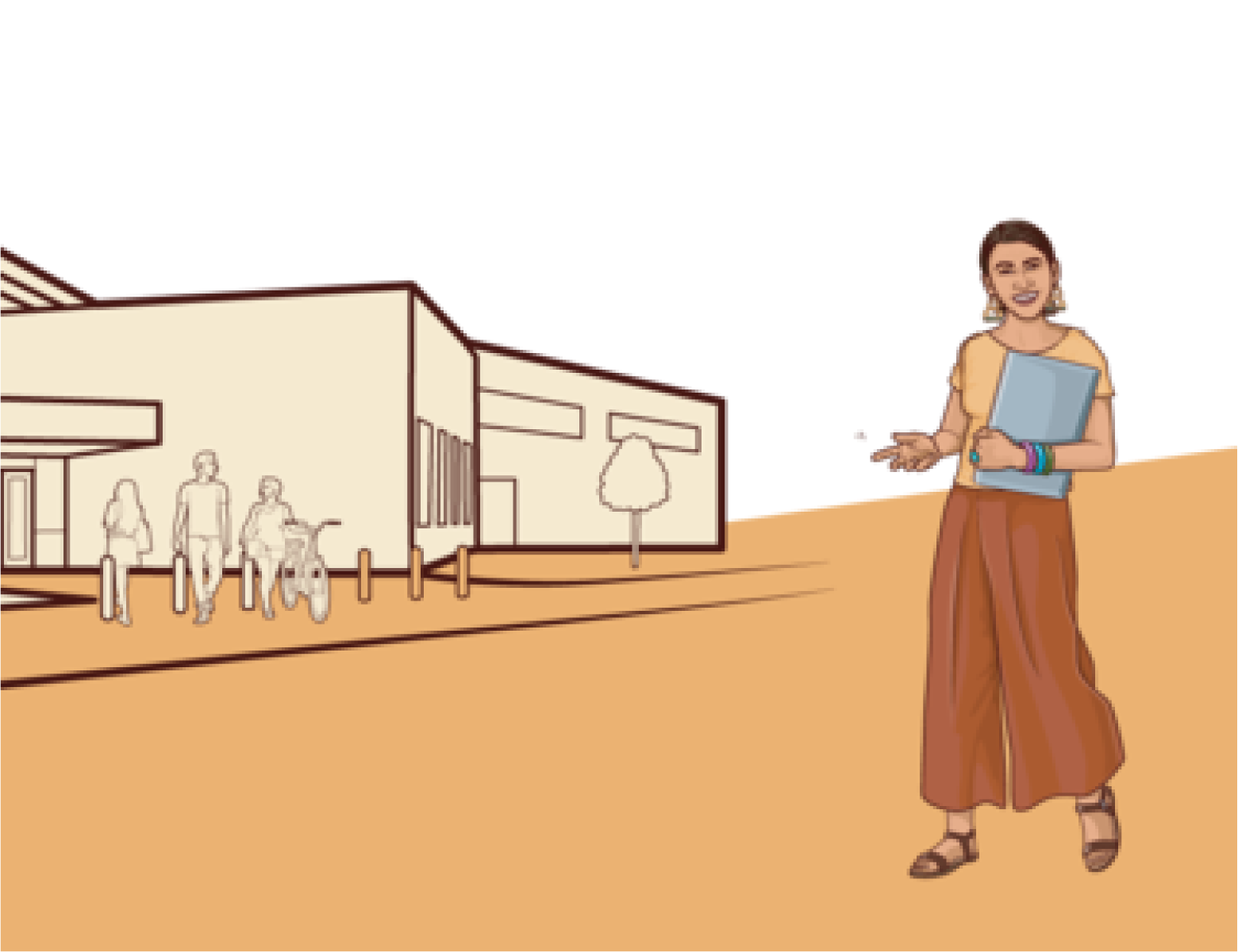We Promote Equity-Minded Community College Redesign
Guided Pathways
CLP supports California community colleges as they build their capacity for redesign and they implement institutional change.
Dual Enrollment
Participants in high-quality dual enrollment are more likely to graduate high school, enter college, and reach their college goals.
Redesigning Student Supports
CLP collaborates with community colleges to reimagine how to support students and smooth their completion of certificates, degrees, and transfers.
Inclusive Design
CLP is developing a process for rooting design in a shared understanding of students’ experience and in the pursuit of collective goals.
Pathways
Clear pathways to college and career provide critical support for students in their transition into successful careers. Early access and exposure to sector-based pathways supports students in setting goals and choosing a program of study.
Transitions to College
Addressing all trajectories to college — from high school, adult education, prison, foster care, homeschooling, and more — is critical for equity in college access and persistence.
California Community Colleges are a System of Change
Serving Adult Learners with a New ATB Option
Guidance for colleges on the state’s new Ability to Benefit (ATB) process was released by the California Community Colleges Chancellor’s Office (CCCCO) in July.
CLP Joins National Conversation on Dual Enrollment and Pathways
CLP joined two recent convenings focused on the national landscape for dual enrollment and pathways.
New Career Education Plan Builds on Recent Investments
California is poised to make good on its promise of shared prosperity and career-sustaining jobs for all through the new Master Plan for Career Education.
We work with Community Colleges throughout California
We support and enhance their efforts to deliver on the promise of education and community-building through equity-minded redesign. Our program is supported by the following three pillars:
Collaboration
We coach, advise, and connect action-oriented colleges, leaders, and their partners in the community on innovations and experiments that improve student success.
Research
We research and demonstrate promising approaches, raise the profile of colleges leading change, and we share our findings through policy briefs and tools for the field.
Policy
We connect policymakers with colleges and the information they use to identify barriers and opportunities for a more equity-minded and effective education system.


